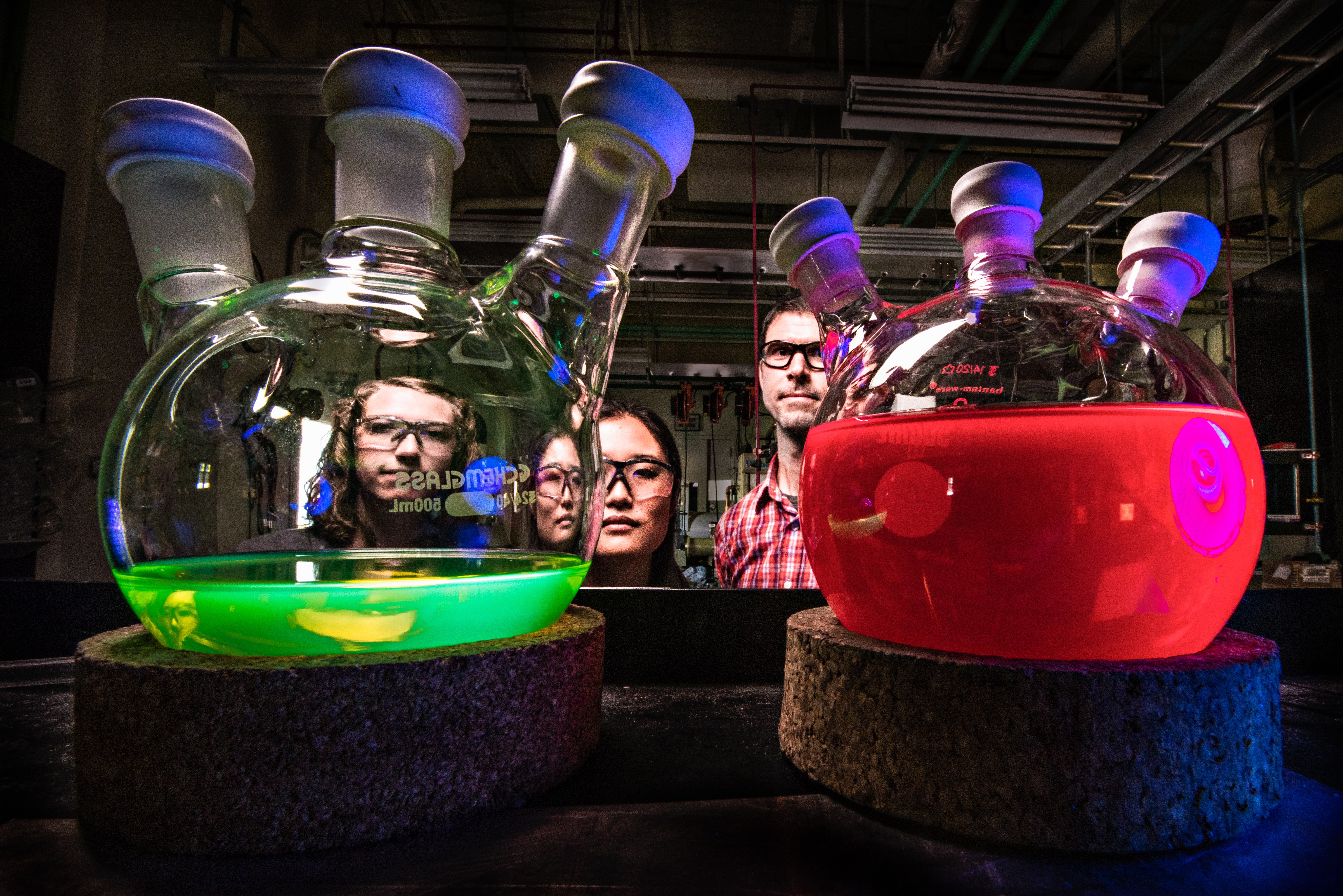Motivation
About seventy years ago, Stanley L. Miller and Harold C. Urey demonstrated the first evidence for the prebiotic synthesis of life. Their path-breaking experiment simulated conditions that are very similar to primitive Earth - atmosphere consisting of highly reducing gas mixture such as methane, ammonia and carbon dioxide, water as the solvent and high electric current discharges accounting for lightning.
Although this result has been reproduced multiple times experimentally, there have been very few in-silico attempts of the same. Our study explores the role of standard Gibbs free energy change as a key parameter in the in-silico synthesis of Glycine in a Miller-like experiment.
